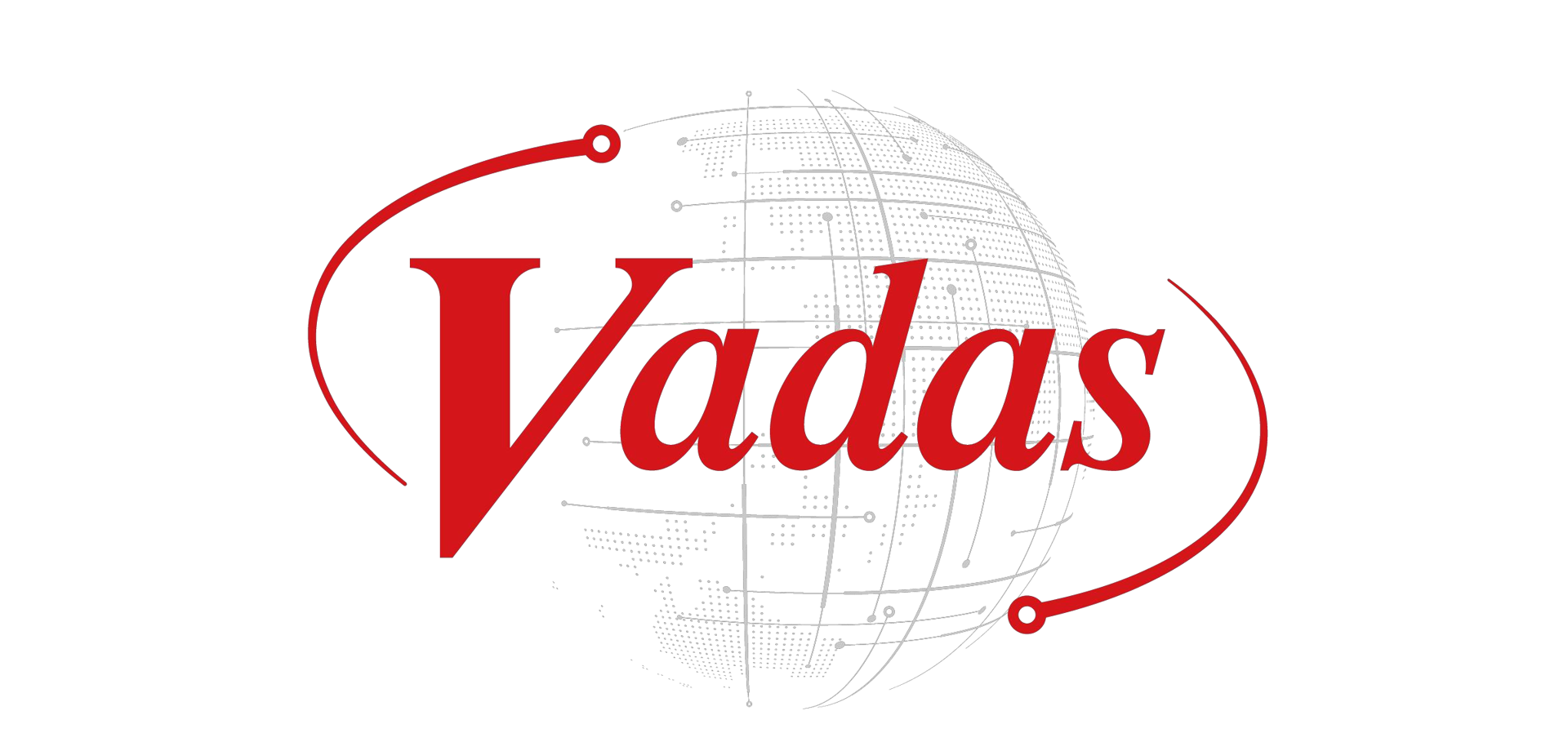Mitigating Risk in EV Infrastructure Demand
2022-07-22
As EV demand rises, the need for EV infrastructure is increasing with it. A recent article from McKinsey & Company mentioned three typical challenges for the emerging electric vehicle market: (1) parity in total cost of ownership (TCO), which is closely tied to regulatory environment; (2) OEM model availability and supply chain readiness; and (3) critical mass in charging infrastructure. This statement has proven to be true, as charging infrastructure has become an increased topic of conversation globally.
Among North America, Europe, and Asia, the demand for EV infrastructure has increased substantially, all with end goals of increasing infrastructure by 2030. United States President Joe Biden has pledged 500,000 charging points for EV vehicles by 2030, including a port every 50 miles of interstate (which is 160,000 miles long). That equates to 3,200 charging points just on U.S. interstates. Not only this, but each of those 3,200 stations will need a minimum of ten options of chargers, much like a gas station.
Moreover, the United Kingdom government has pledged £1.6 billion to increase the number of chargers across the country by 2030, including 6,000 ports on England’s motorway. Asia is also at the forefront of EV growth, with China estimated to house more than 40% of EVs sold globally by 2030. That in turn will require Asia to follow suit with their infrastructure to support China’s goal.
Additionally, none of these goals include the chargers required for consumers to place in their homes. In short, it is clear that the demand for EV infrastructure is astronomical and is only continuing to grow.Since EV demand is rising so greatly, companies must work to predict and mitigate risks associated with EV growth. Beyond the typical sourcing and supply & demand challenges, there are outside variables that can affect the production to meet this demand. Having the ability to see signals in the market to make better decisions faster is a key area for the success of this initiative.
By partnering with Vadas, you can receive first-response data and expert analysis to interpret risk signals and changes to the market, giving you the advantage. To learn more, contact us today.




